In the world of paleontology, where massive dinosaur fossils often capture the spotlight, Dr. Kristi Curry Rogers has turned her attention to something much smaller but equally significant—baby dinosaurs. As a pioneering paleontologist specializing in titanosaurs, Dr. Rogers has revolutionized our understanding of how these massive creatures grew from tiny hatchlings into the largest animals to ever walk the Earth. Her groundbreaking work with juvenile titanosaur specimens has opened new windows into dinosaur development, parental care, and evolutionary adaptations, changing how scientists view these ancient giants.
The Paleontologist Behind the Discoveries
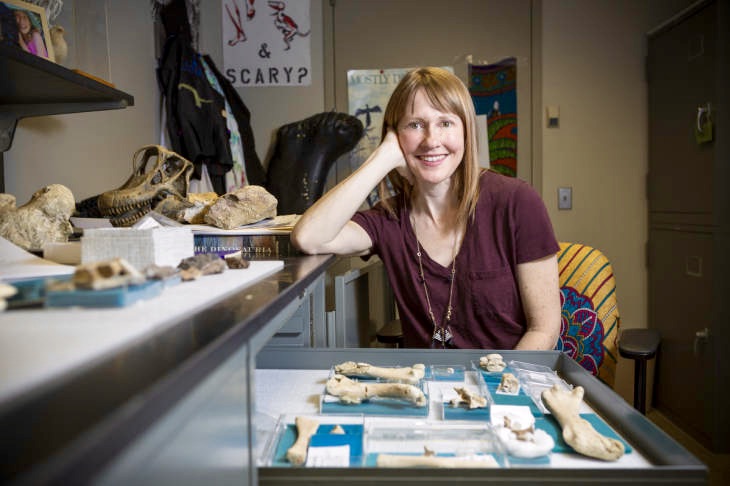
Dr. Kristi Curry Rogers has established herself as one of the world’s foremost experts on sauropod dinosaurs, particularly the titanosaurs. Currently serving as a professor at Macalester College in Minnesota, she has dedicated her career to understanding the biology and evolution of these massive creatures. Her journey began with traditional studies of adult specimens, but her scientific curiosity led her toward the less-explored territory of juvenile dinosaur development. Dr. Rogers combines fieldwork in places like Madagascar with cutting-edge laboratory techniques, including histology (the microscopic study of bone tissue). Her interdisciplinary approach, merging paleontology with developmental biology and ecology, has brought fresh perspectives to dinosaur science and earned her numerous accolades in the field.
The Madagascar Expedition That Changed Everything

The story of Dr. Rogers’ revolutionary discoveries begins in the rich fossil beds of Madagascar, where she participated in expeditions that unearthed previously unknown titanosaur specimens. In the late 1990s and early 2000s, these expeditions recovered fossils of Rapetosaurus krausei, a titanosaur species that would become central to her research. What made these finds extraordinary was the preservation of specimens across different growth stages—from tiny juveniles to massive adults. The arid conditions of the Maevarano Formation in northwestern Madagascar created ideal preservation conditions, allowing for rare fossilization of delicate juvenile bones that normally wouldn’t survive. This fortuitous discovery provided Dr. Rogers with an unprecedented opportunity to study titanosaur growth from infancy to adulthood—a complete developmental series that was previously unavailable to science.
The Challenge of Identifying Baby Dinosaurs
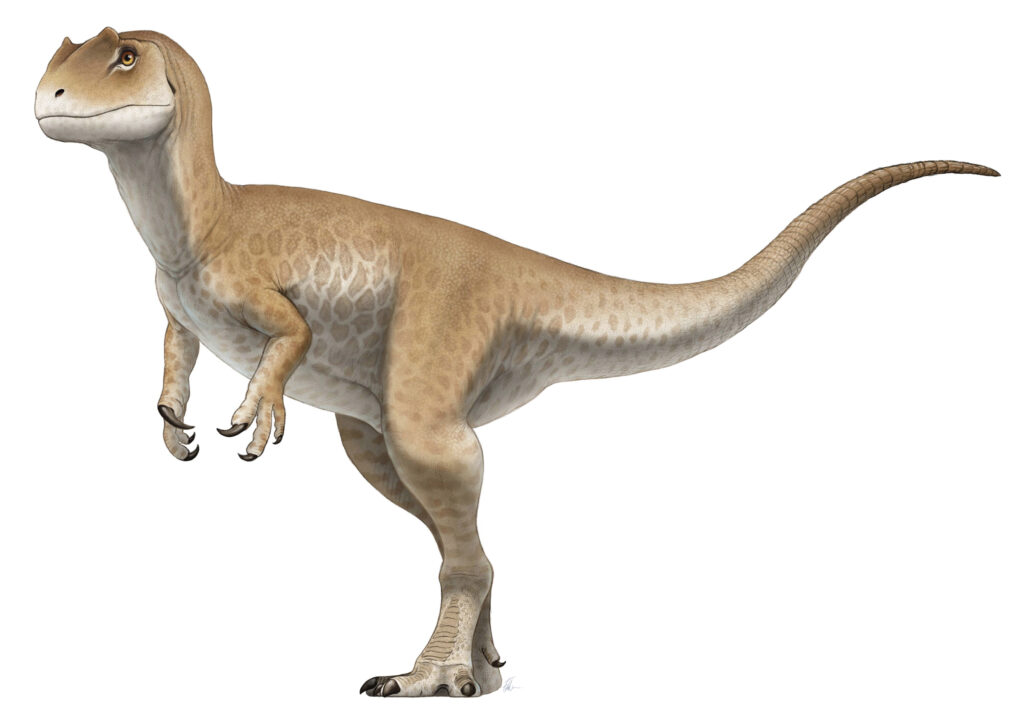
Identifying juvenile dinosaur specimens presents unique challenges that Dr. Rogers had to overcome through innovative methods. Young dinosaurs often look dramatically different from their adult counterparts, with different body proportions and features that change during growth. This makes it easy to misidentify juvenile specimens as different species entirely. Dr. Rogers pioneered techniques to confidently match juvenile titanosaurs with their adult forms, examining subtle anatomical markers and bone microstructure. She developed a comprehensive approach that considers bone texture, growth lines, and comparative anatomy to establish growth series. One of her breakthroughs came when she identified distinctive neural arch patterns in vertebrae that remained consistent from juvenile to adult Rapetosaurus, providing a reliable marker for species identification regardless of age.
Bone Histology: Reading the Microscopic Record
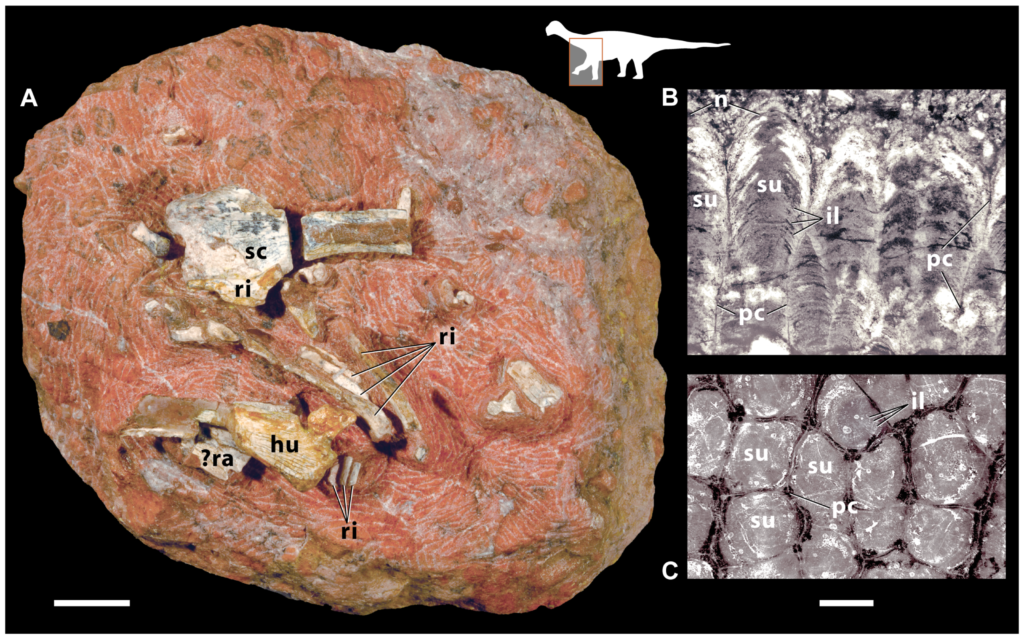
Dr. Rogers revolutionized the field by applying bone histology techniques to tiny titanosaur remains, effectively “reading” their life histories from the inside out. This process involves taking thin sections of fossilized bone—sometimes just millimeters thick—and examining them under powerful microscopes to reveal growth patterns preserved at the cellular level. The bones contain growth rings similar to those in trees, allowing paleontologists to determine age, growth rate, and even seasonal variations in development. Through her histological work, Dr. Rogers discovered that young titanosaurs grew at astonishingly rapid rates, much faster than previously thought possible for reptiles. Her techniques revealed that some titanosaur species could grow from hatchling size to several tons within just a few years, challenging previous assumptions about reptilian growth limitations and providing new insights into how these animals reached their enormous adult sizes.
Precocial Dinosaurs: Born Ready to Run
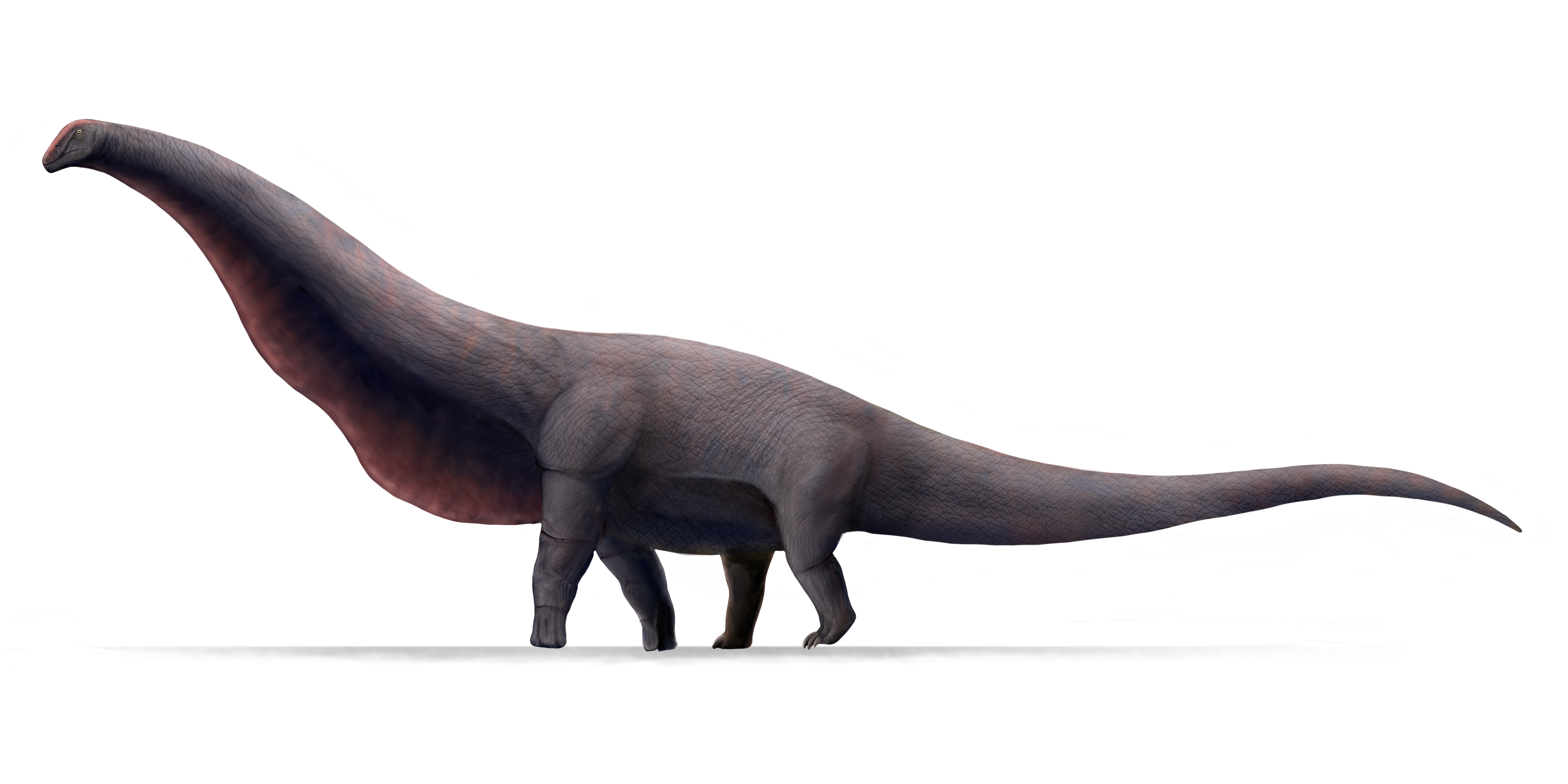
One of Dr. Rogers’ most significant discoveries revealed that baby titanosaurs were remarkably precocial—born with well-developed limbs and capable of independent movement shortly after hatching. By examining the bone microstructure and proportions of juvenile Rapetosaurus specimens, she determined that these babies hatched with limb proportions similar to adults, albeit at a tiny scale. This finding contradicted earlier assumptions that sauropod babies might require extensive parental care. The juvenile titanosaurs showed evidence of weight-bearing bones with developed muscle attachment sites, suggesting they could walk and possibly even run shortly after hatching. This precocial development represents an evolutionary adaptation that would have allowed titanosaur hatchlings to keep up with moving herds or escape predators in a world filled with dangers for small dinosaurs.
Growth Strategies of the Giants

Dr. Rogers’ research has uncovered the remarkable growth strategies that allowed titanosaurs to achieve their massive adult sizes. Through her analysis of bone microstructure across different growth stages, she discovered that these dinosaurs employed a distinct growth pattern characterized by extremely rapid initial growth followed by more moderate growth rates in later years. Young titanosaurs deposited new bone tissue at rates comparable to those seen in mammals and birds, much faster than modern reptiles. This rapid growth continued through adolescence, allowing juveniles to quickly escape the vulnerable size range where predation would be most likely. Her work revealed that titanosaurs achieved approximately 65% of their adult size within the first decade of life, a growth trajectory more similar to large mammals than to their reptilian relatives. This accelerated growth strategy represents an evolutionary solution to the challenges of becoming a giant in a dangerous Mesozoic world.
Reconstructing Titanosaur Life History
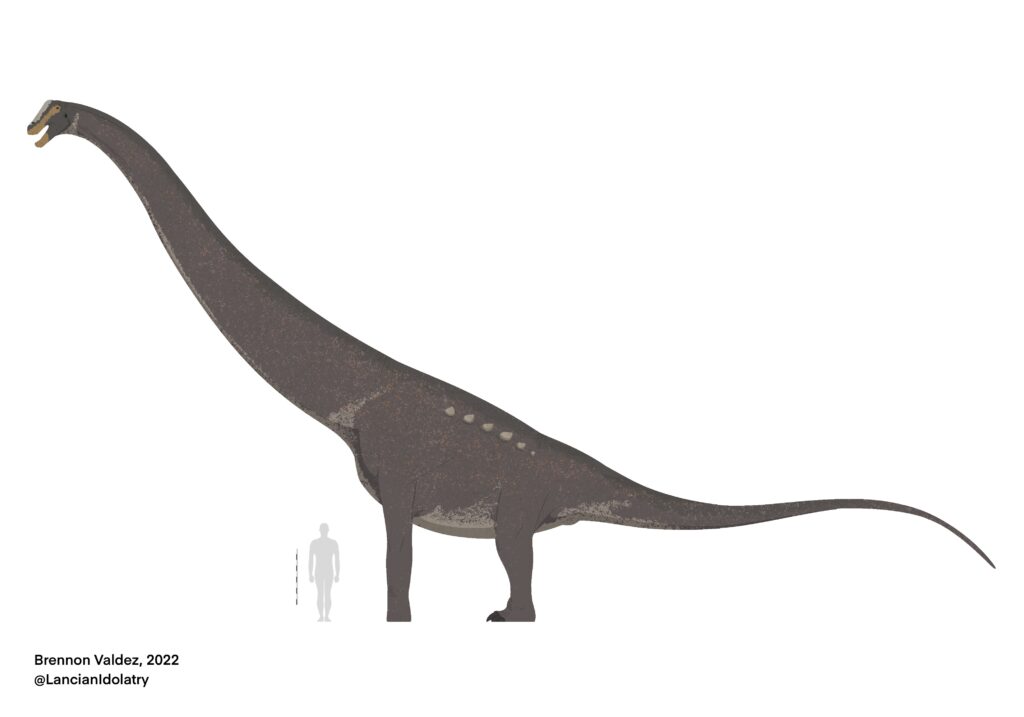
By integrating multiple lines of evidence from juvenile specimens, Dr. Rogers has reconstructed the life history of titanosaurs with unprecedented detail. Her research indicates that titanosaurs began life as small, precocial hatchlings weighing just a few kilograms but equipped for independent mobility. They grew explosively during their early years, potentially increasing their weight by hundreds or even thousands of kilograms annually during peak growth periods. Sexual maturity likely preceded full adult size, with titanosaurs potentially reproducing while still growing. Most remarkably, her research suggests that despite their enormous adult size, many titanosaur species may have reached reproductive maturity within a decade, much faster than previously thought possible. This compressed life history strategy, combining rapid growth with early reproduction, may explain how titanosaurs successfully dominated terrestrial ecosystems for over 100 million years despite environmental challenges and predation pressure.
The Technology Behind the Discoveries
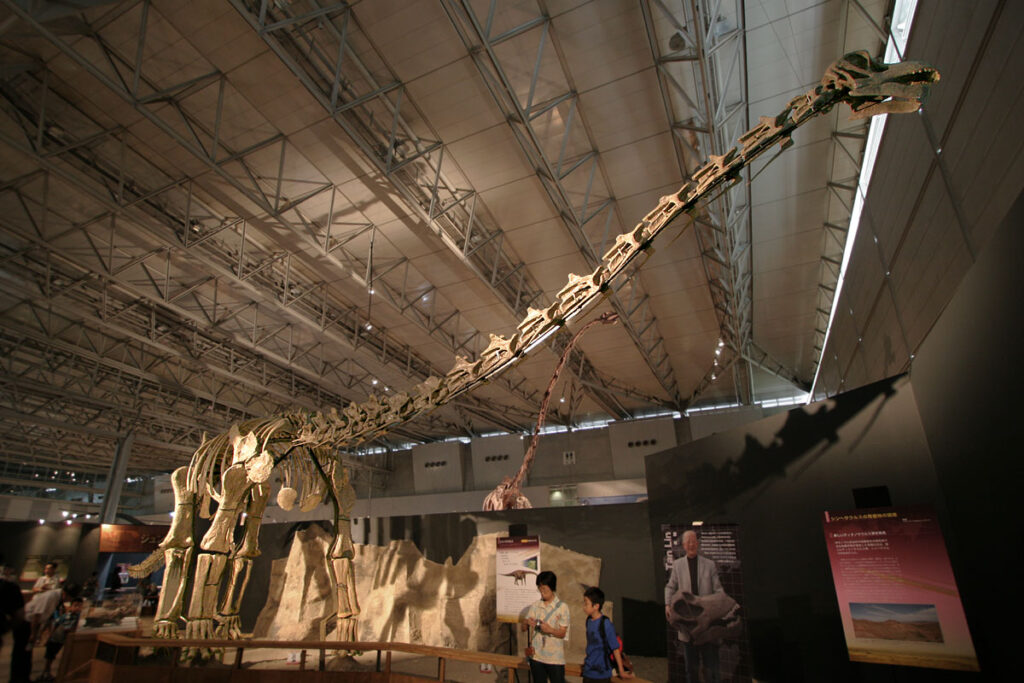
Dr. Rogers’ groundbreaking work relies on cutting-edge technological applications that have transformed paleontological research. Her laboratory utilizes high-resolution microscopy to examine bone microstructure at the cellular level, revealing growth patterns invisible to the naked eye. Advanced imaging techniques, including CT scanning, allow her team to visualize internal bone structures without damaging precious specimens. These non-destructive methods have been particularly valuable for studying rare juvenile fossils where material is limited. Dr. Rogers has also pioneered the application of backscattered electron imaging to dinosaur bone, which reveals density variations corresponding to growth cycles. Additionally, her research incorporates geochemical analysis techniques that can detect trace elements in fossilized tissues, providing insights into diet and habitat. This technological toolkit, combined with traditional paleontological methods, has enabled Dr. Rogers to extract an unprecedented amount of biological information from fossil remains that would have been impossible to obtain just a generation ago.
Challenging Previous Assumptions About Dinosaur Parenting

Dr. Rogers’ discoveries about juvenile titanosaurs have fundamentally changed how scientists understand dinosaur parenting strategies. Before her work, many paleontologists assumed that all dinosaurs required extensive parental care, similar to birds. However, her analysis of precocial titanosaur babies suggested a different reproductive strategy more akin to modern sea turtles. The evidence indicates titanosaurs likely laid large clutches of eggs in communal nesting grounds but provided minimal post-hatching parental care. The bone histology of juveniles shows no growth interruptions that would suggest dependence on adults for food. Additionally, the discovery of juvenile titanosaur fossils separated from adult remains suggests independent living early in life. This revelation has forced a reevaluation of sauropod social structures and breeding behaviors. Rather than family groups with extended parental care, titanosaurs may have employed a reproductive strategy focusing on high numbers of independent offspring—an approach that proved remarkably successful for over 100 million years.
Environmental Adaptations Revealed
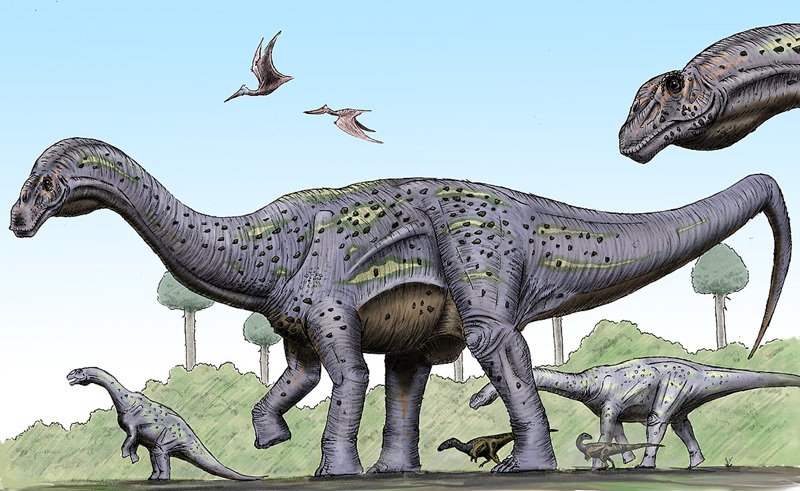
Dr. Rogers’ research on juvenile titanosaurs has unveiled how these animals adapted to changing environmental conditions throughout their growth. Her analysis of bone microstructure reveals that young titanosaurs could adjust their growth rates in response to environmental stressors like drought or food scarcity. Growth lines in bones show periodic slowdowns corresponding to seasonal changes, indicating physiological flexibility. Particularly fascinating is her discovery that juvenile titanosaurs had different environmental requirements than adults, potentially occupying distinct ecological niches to avoid competition with their massive parents. The limb proportions of juveniles suggest they may have been more agile and possibly inhabited more forested areas, while adults dominated open plains. This niche partitioning would have reduced competition for resources within the species. Her work has also identified differences in tooth wear patterns between juveniles and adults, indicating dietary shifts during growth that would have allowed titanosaurs to exploit different food resources at different life stages.
The Significance for Modern Science

Dr. Rogers’ pioneering work extends far beyond understanding extinct dinosaurs, offering valuable insights for multiple scientific disciplines today. Her research on rapid bone growth in titanosaurs has implications for modern orthopedic medicine, potentially informing treatments for bone disorders and healing processes. The extreme growth rates she documented challenge conventional understanding of physiological limits, opening new avenues for research in developmental biology. Conservation biologists studying modern reptiles have drawn parallels between titanosaur life histories and those of endangered large reptiles like tortoises and crocodilians. Perhaps most significantly, her methodological innovations have created a framework for studying growth and development in other extinct animals where complete growth series are unavailable. By demonstrating how much biological information can be extracted from fragmentary juvenile remains, Dr. Rogers has expanded the potential scope of paleontological inquiry worldwide, influencing how researchers approach fossil analysis across numerous taxonomic groups.
Future Directions in Titanosaur Research

Dr. Rogers continues to push the boundaries of dinosaur developmental research, with several promising directions for future discoveries. She is currently expanding her investigation to other titanosaur species from different continents to determine whether the growth patterns observed in Rapetosaurus were universal or varied between lineages. New excavations targeting nesting sites may soon provide even younger specimens, potentially including embryonic remains that would offer unprecedented insights into titanosaur development before hatching. Advancements in molecular paleontology have opened possibilities for extracting protein fragments from exceptionally preserved specimens, which Dr. Rogers hopes might reveal additional details about titanosaur physiology. She is also collaborating with experts in biomechanics to model how juveniles moved and functioned at different growth stages. Perhaps most ambitiously, her team is developing methods to identify potential sex-based differences in titanosaur growth, which would provide the first reliable way to distinguish male and female specimens in these dinosaurs—a distinction that has remained elusive in most dinosaur research.
Educational Impact and Public Outreach

Beyond her scientific contributions, Dr. Rogers has made significant impacts through educational initiatives and public outreach about titanosaur development. She regularly involves undergraduate students in her research, providing hands-on experience with fossil preparation and analysis that has launched numerous scientific careers. Her work has been featured in popular documentaries by National Geographic and PBS, bringing the story of baby titanosaurs to millions of viewers worldwide. Dr. Rogers has developed educational materials specifically focused on dinosaur growth and development for use in K-12 classrooms, filling a gap in traditional dinosaur education that typically focuses only on adult specimens. Through museum exhibitions she has helped design, including at the Science Museum of Minnesota, visitors can experience the remarkable journey from tiny titanosaur hatchling to massive adult. Her engaging presentation style and ability to explain complex scientific concepts in accessible terms have made her a sought-after speaker for public audiences, inspiring the next generation of paleontologists fascinated by how giants begin as tiny creatures not much larger than chickens.
Conclusion
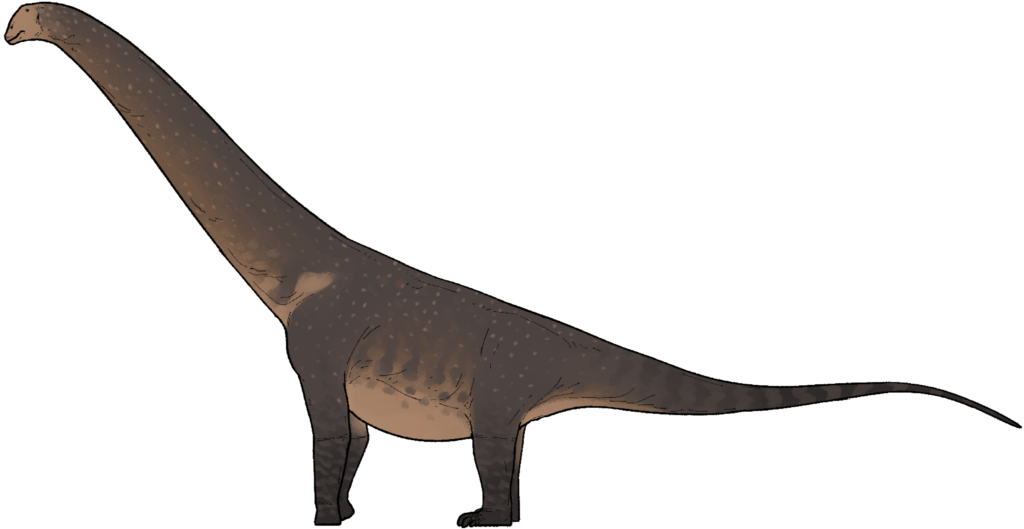
Dr. Kristi Curry Rogers’ revolutionary work with juvenile titanosaur fossils has transformed our understanding of these magnificent dinosaurs and their development. By examining the tiniest members of the largest dinosaur lineage, she has uncovered surprising truths about rapid growth, precocial development, and limited parental care that challenge previous assumptions about dinosaur biology. Her innovative methods, combining traditional paleontology with cutting-edge technology, have created new standards for studying extinct animals through their growth stages. As Dr. Rogers continues her investigations, each tiny titanosaur fossil provides new pieces to the puzzle of how these remarkable creatures lived, grew, and ultimately dominated Earth’s landscapes for millions of years. Through her research, education, and outreach, she ensures that these ancient giants, from hatchling to adult, continue to inspire scientific curiosity and wonder.




